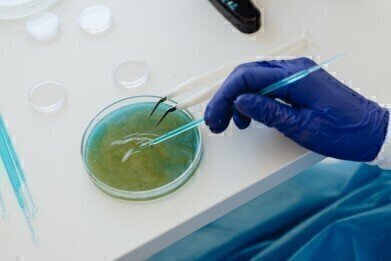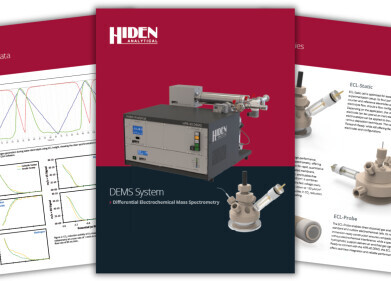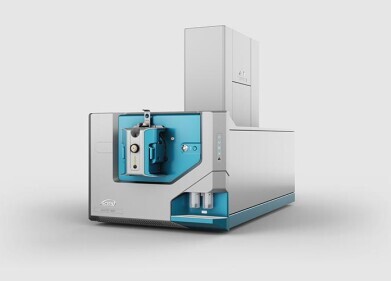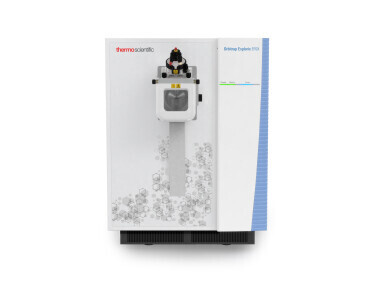Mass spectrometry & spectroscopy
How Are Microorganisms and Mycotoxins Detected in Cannabis?
Mar 31 2022
Medical cannabis offers an array of therapeutic benefits, from managing pain and inflammation to treating conditions like depression, anxiety and PTSD. While the plant has powerful medicinal properties, it’s also at risk of contamination from microorganisms and mycotoxins. Laboratory testing and analysis plays an important role in detecting these contaminants and determining if medical cannabis is safe for consumption.
A closer look at medical cannabis contaminants
Mould, mildew, bacteria and yeast are just some of the microorganisms that can develop in medical cannabis crops and products. Cannabis is also vulnerable to fungal toxins such as mycotoxins and aflatoxins.
Detecting microorganisms and mycotoxins in cannabis
Below, we take a closer look at some of the most common methods used to detect and quantify microorganisms and mycotoxins in medical cannabis.
-
Microscopic observation
A dissecting microscope is one of the easiest, cheapest and more cost-effective methods for detecting microorganisms and mycotoxins in cannabis. After sample preparation is complete, cannabis is simply placed under the lens, which allows scientists to visually detect contaminants such as mould and mildew. While useful for some applications, a dissecting microscope doesn’t offer the same insight as methods such as Polymerase Chain Reaction (PCR) testing.
-
PCR testing
Used to detect genetic material, PCR testing is used to identify unique bacterial strains and toxins in cannabis samples. Also known as molecular photocopying, the technique takes a small DNA sample and multiplies it to create enough material for detailed genetic and molecular analysis.
-
Petri film analysis
Petri film analysis is another simple and effective way to detect microorganisms and mycotoxins in cannabis. The traditional microbiology technique does have its merits though some experts warn it’s unsuitable for cannabis testing. In a study published on the F1000Research platform, a team of scientists found culture-based techniques don’t offer the same accuracy, precision and repeatability as genetic sequencing technology. This not only risks the integrity of the medical cannabis industry but puts consumers at risk.
“Samples subjected to culture showed substantial shifts in the number and diversity of species present, including the failure of Aspergillus species to grow well on either platform,” reads the abstract. “Substantial growth of Clostridium botulinum and other bacteria were frequently observed on one or both of the culture-based TYM platforms. The presence of plant growth promoting (beneficial) fungal species further influenced the differential growth of species in the microbiome of each sample.”
Along with microorganisms and mycotoxins, medical cannabis laboratories test extensively for heavy metals, pesticides and other contaminants. Find out more about the advanced techniques and technologies used across the industry in ‘Medical Cannabis - Testing, Analysis & Identification’.
Digital Edition
Lab Asia Dec 2025
December 2025
Chromatography Articles- Cutting-edge sample preparation tools help laboratories to stay ahead of the curveMass Spectrometry & Spectroscopy Articles- Unlocking the complexity of metabolomics: Pushi...
View all digital editions
Events
Jan 21 2026 Tokyo, Japan
Jan 28 2026 Tokyo, Japan
Jan 29 2026 New Delhi, India
Feb 07 2026 Boston, MA, USA
Asia Pharma Expo/Asia Lab Expo
Feb 12 2026 Dhaka, Bangladesh



















